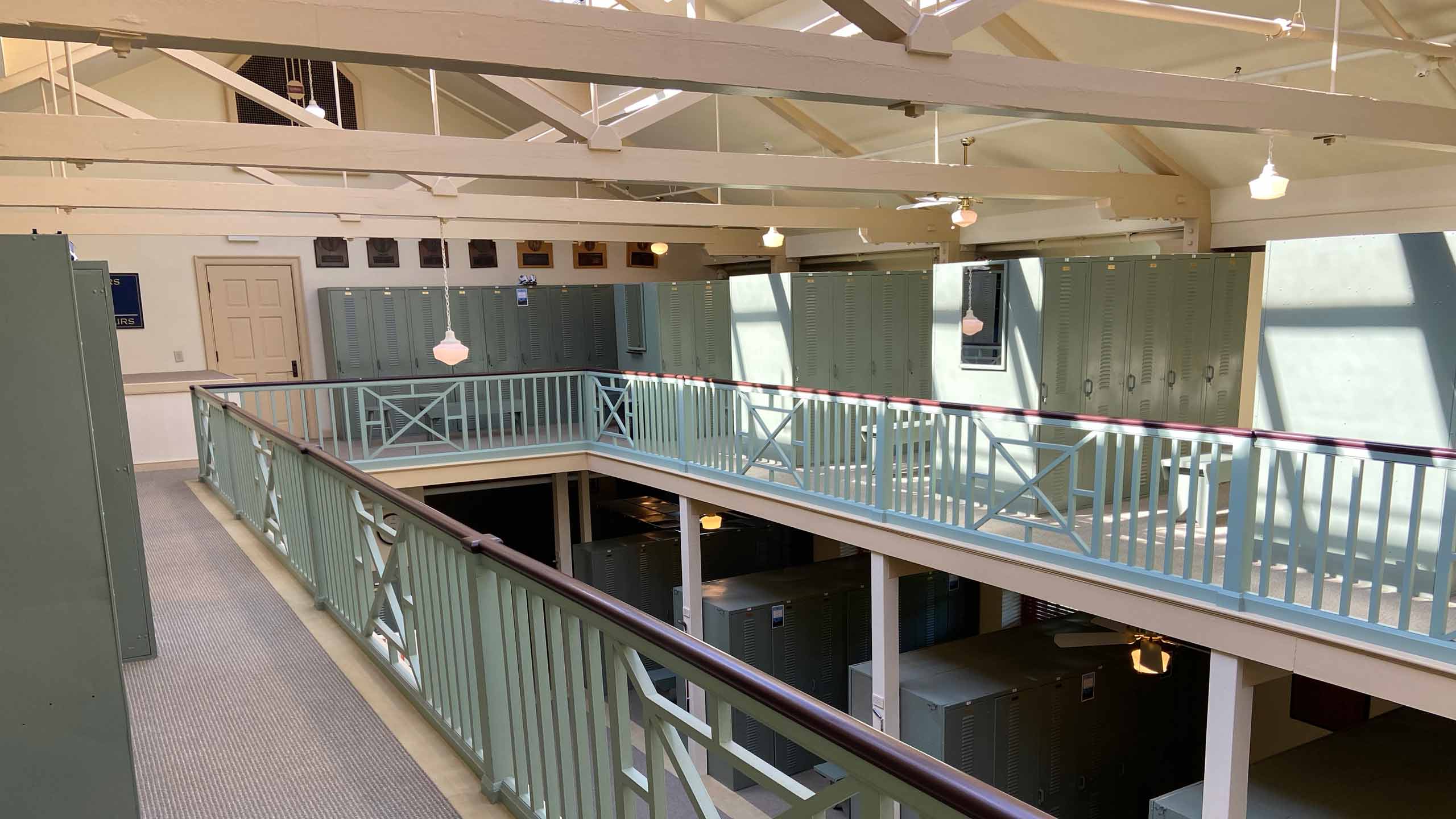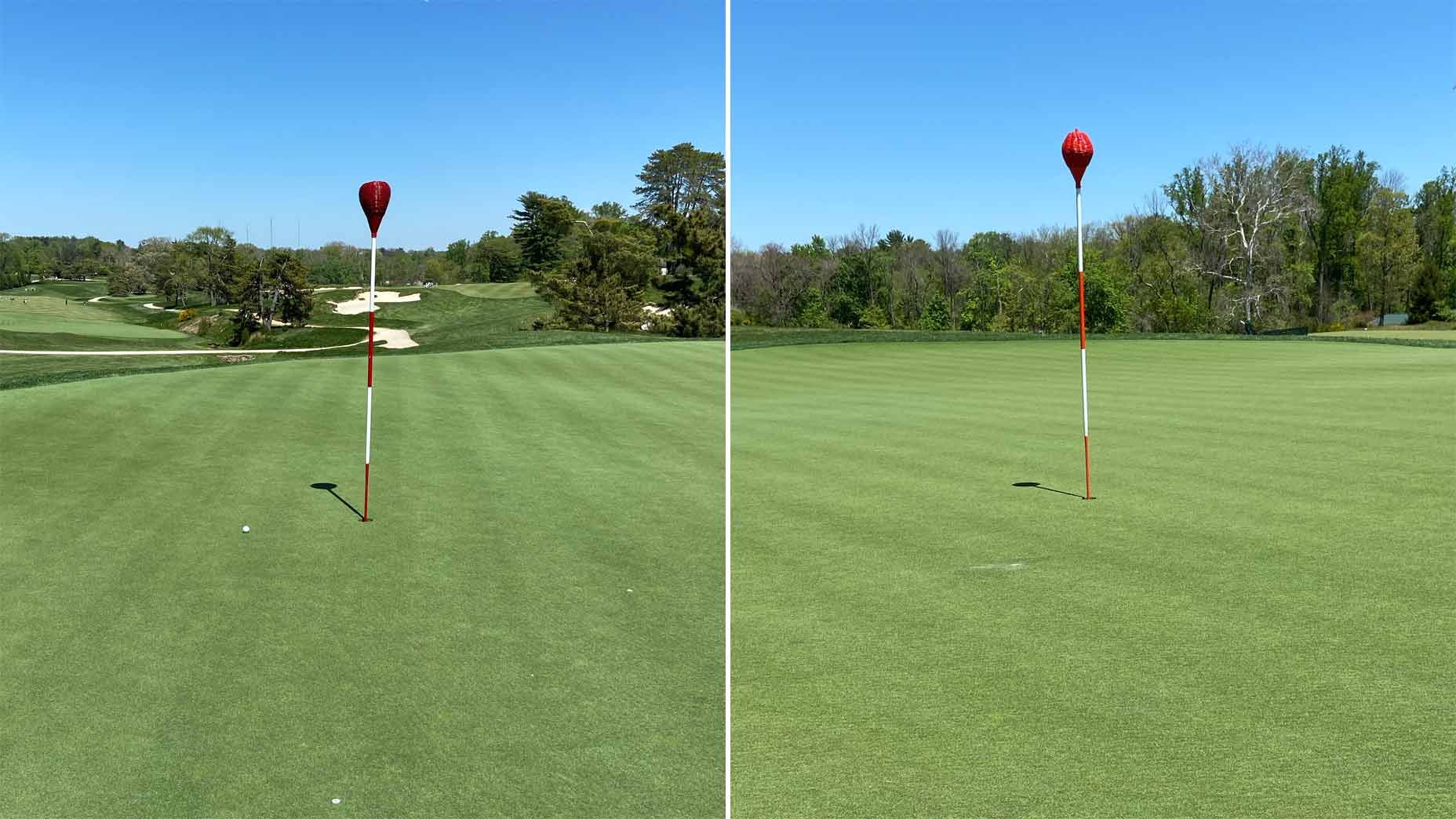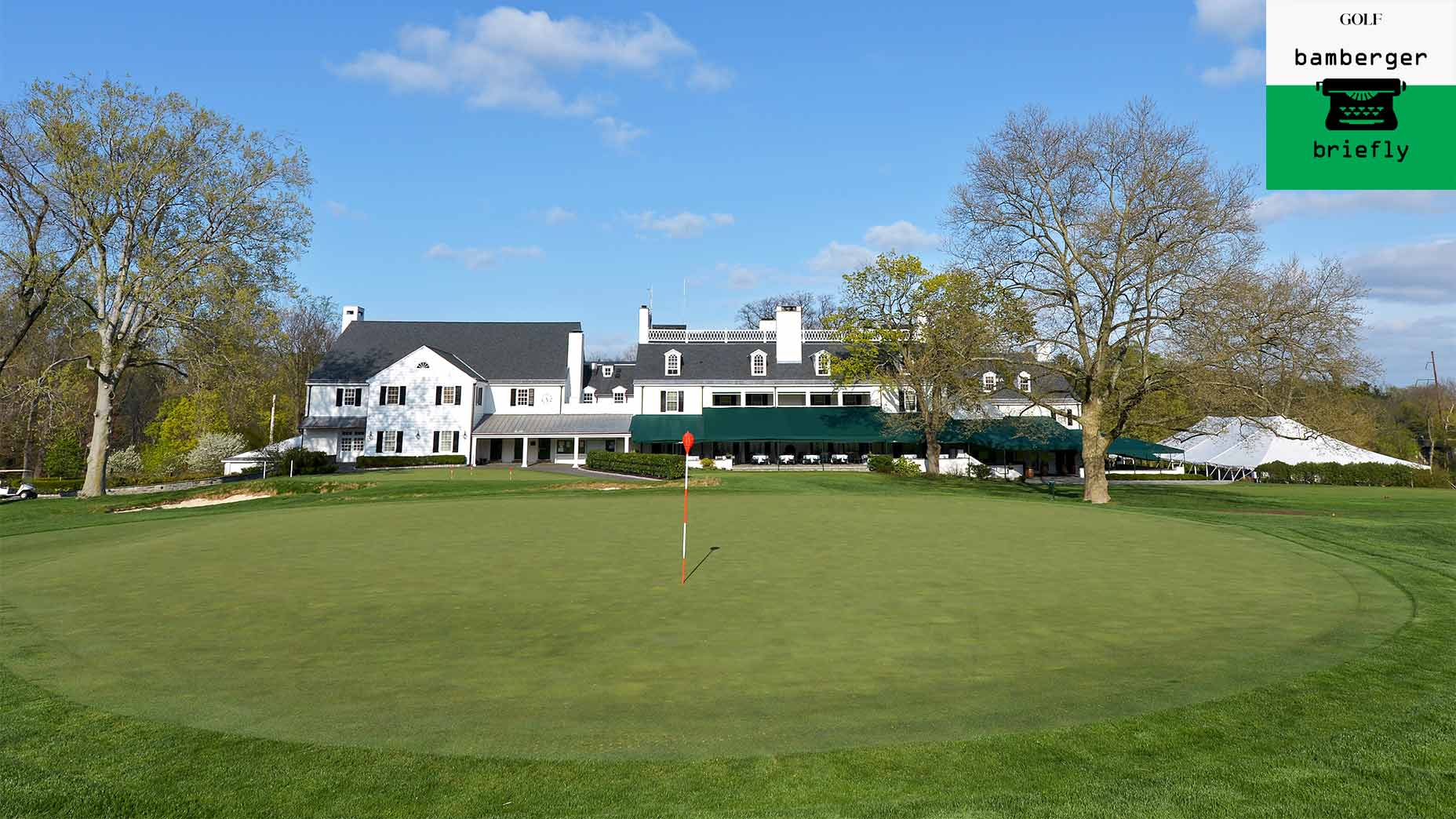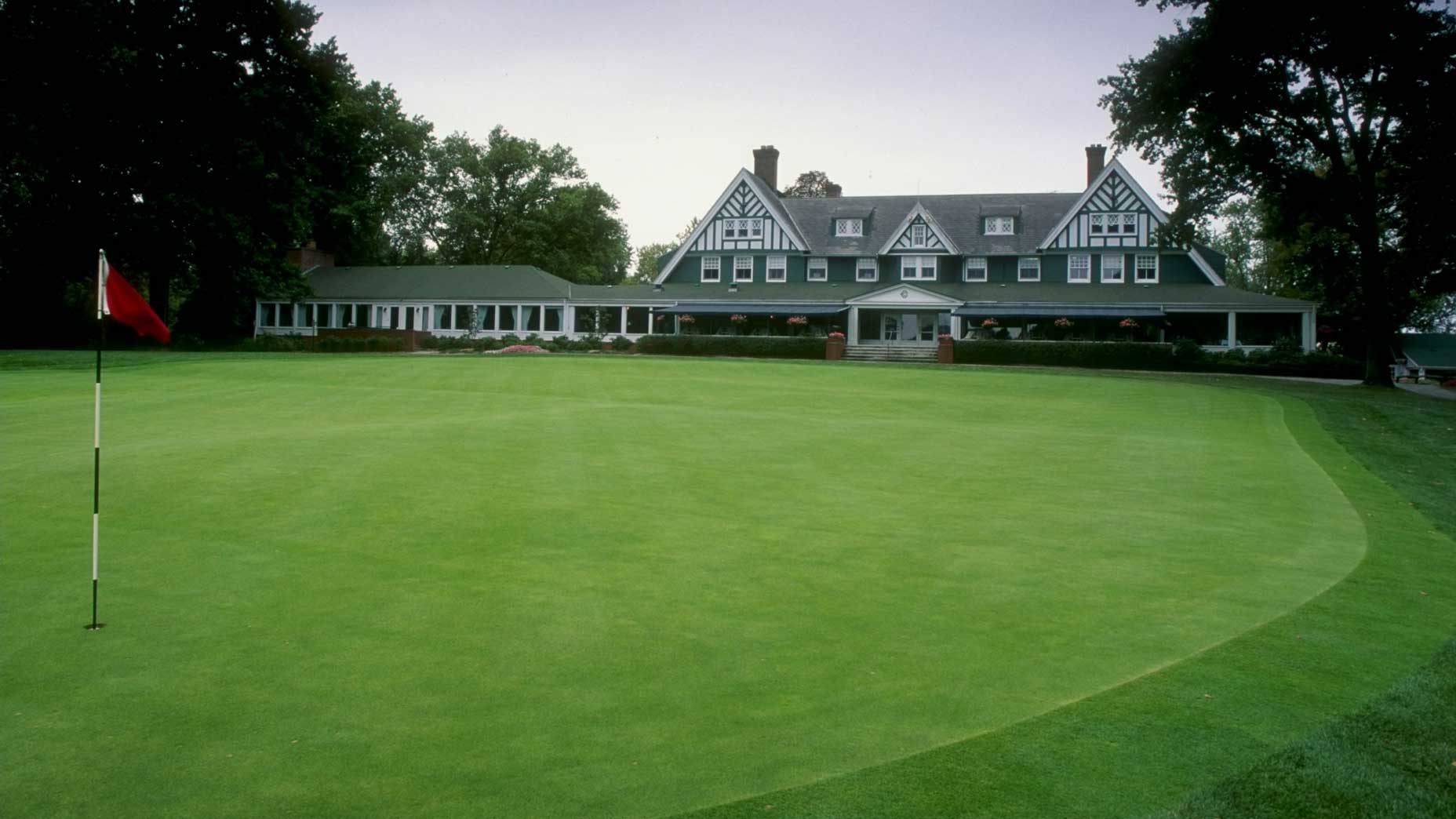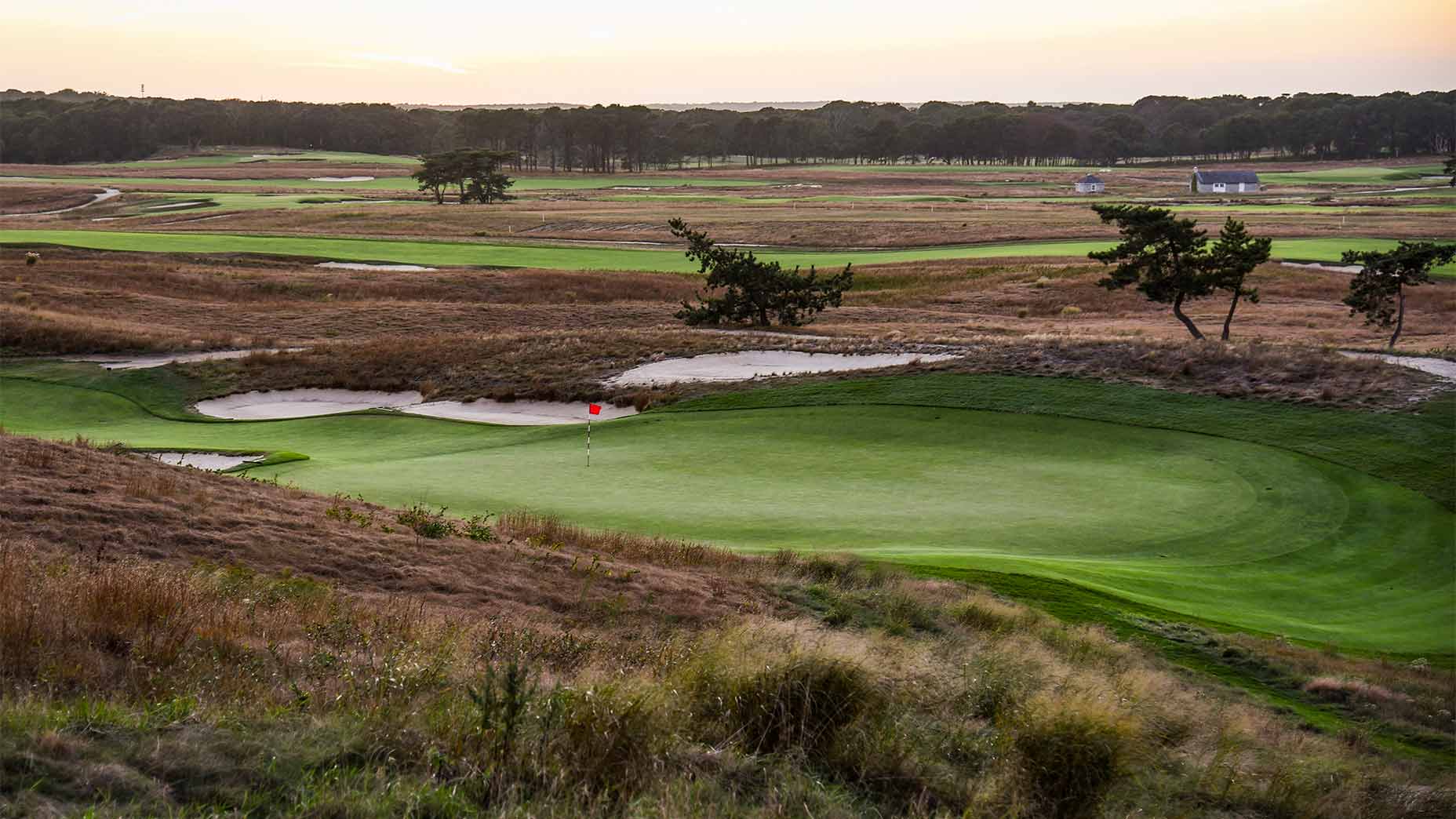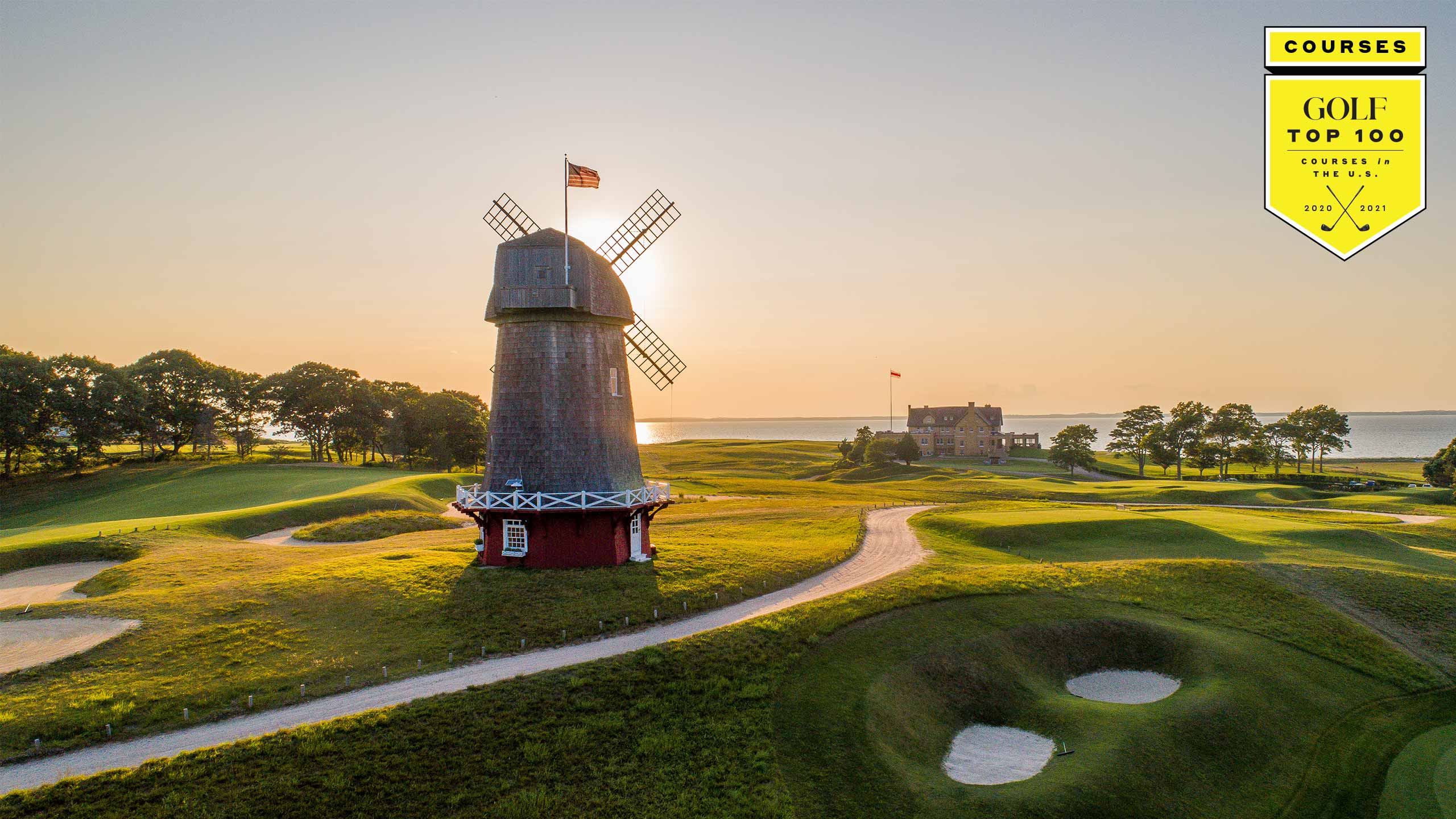Over the 4th of July weekend, I spent a couple of days and nights in East Hampton, N.Y., the tony seaside village on Long Island’s East End. There was no golf on the agenda, so on Sunday morning I thought I’d scratch the itch by lacing up my running shoes and heading out for a trot in the vicinity of the Maidstone Club, which was about a mile and a half from where my family and I were bunking.
Maidstone, which takes its name from the original name of East Hampton, debuted as a beachy golf escape for high-society Manhattanites back in the late 1800s. All these years later, not much has changed. The golf holes are still sand- and wind-swept, and the club is still harder to get into than a supermax prison is to get out of. As the story goes, Groucho Marx was denied membership. So, too, was Diana Ross, even though her then-husband, a Norwegian shipping magnate, was an upstanding dues-payer.
The great paradox of Maidstone, however, is that for all its Gatsby-grade exclusivity, it’s actually remarkably accessible to public eyes by way of the roadway that bisects it. I kind-of-sort-of remembered this from a long-ago visit but my memories of the place and its setting had faded. So, on a steamy morning I popped in my AirPods and set out toward town, vaguely in the direction of the club.
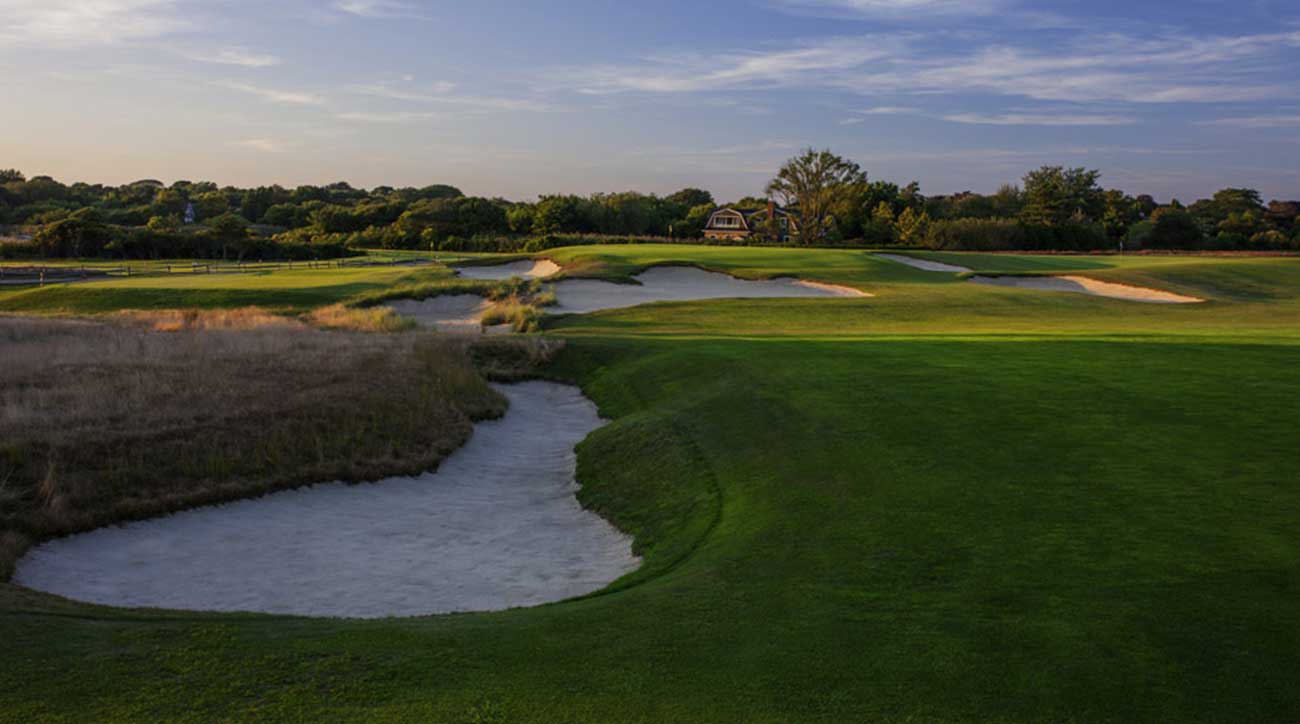
The opening stretch of my run took me down Mill Hill Lane, an utterly charming road lined with thatched roofs and a dense canopy of leaves. That led me to Main Street, where I hung a left, crossed at a stop sign and came upon a couple dozen folks taking in a service on lawn chairs (and in masks) in front of St. Luke’s Episcopal Church. I kept chugging west, now on James Lane, toward what I thought was the club entrance, on Maidstone Lane. A left turn there took me down a long path that did indeed lead to the club, only the wrong part of it. A few passers-by dressed head to toe in white should have tipped me off. I had arrived at Maidstone’s tennis club.
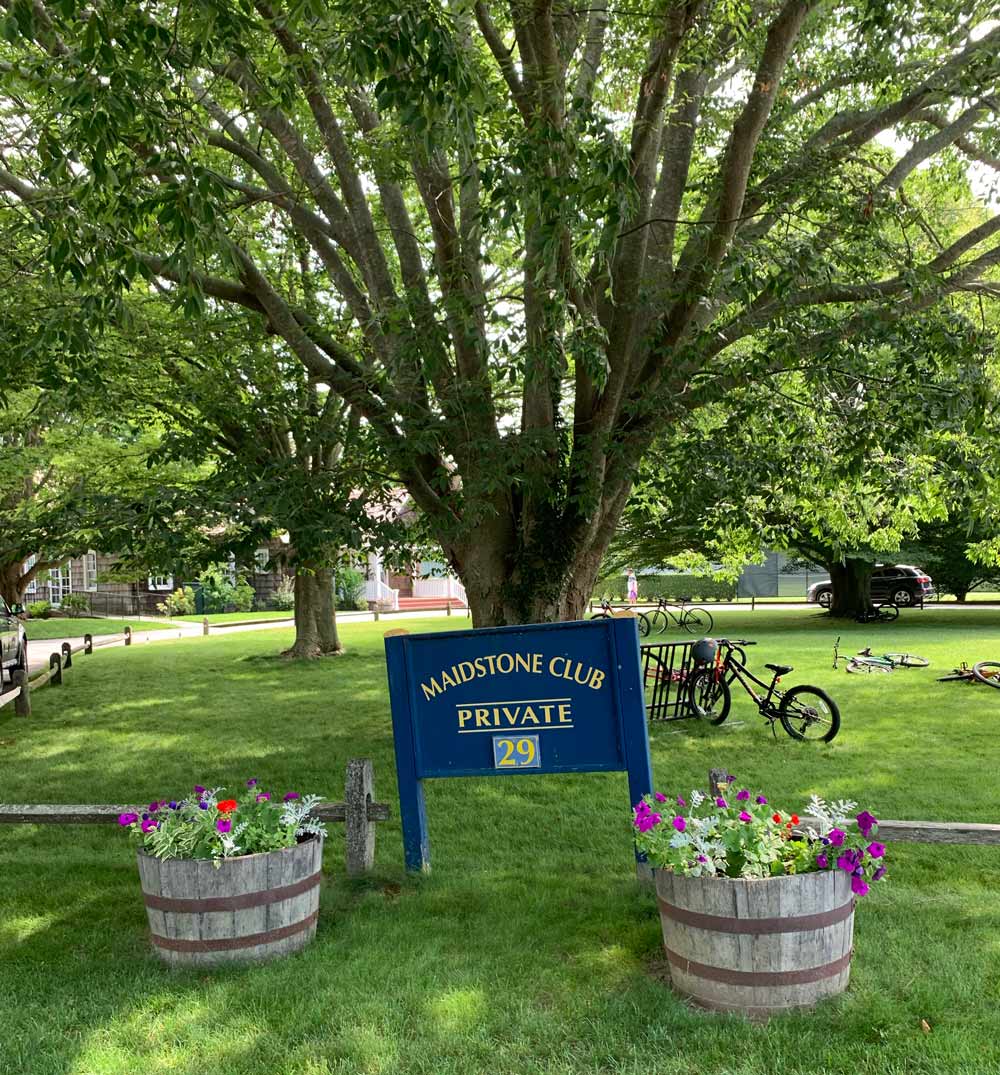
As I backtracked, sweat was now streaming down my brow and my legs were feeling heavy; the Pinot from the night before wasn’t helping. Back on James Lane, I hung a right and headed back east. The next street over was Dunemere. Worth a shot, I thought.
Another right turn. For another quarter mile, still no signs of the course — until…was it? Yes! A fairway! There she was! Mighty Maidstone, No. 64 on GOLF’s Top Courses in the World list. I pressed onward, energized by the dunesy masterpiece on either side of me. Who needs Red Bull when the handiwork of Willie and Jack Park (with a 2013 update from Coore & Crenshaw!) can fill the same role? With each stride I took, the course slowly unveiled itself. The 2nd green to my left, the 3rd tee to my right and, just beside that, the dogleg-right 16th, which curls around a pond. As I stopped for a photo-op, a smirking biker zoomed by and waved.
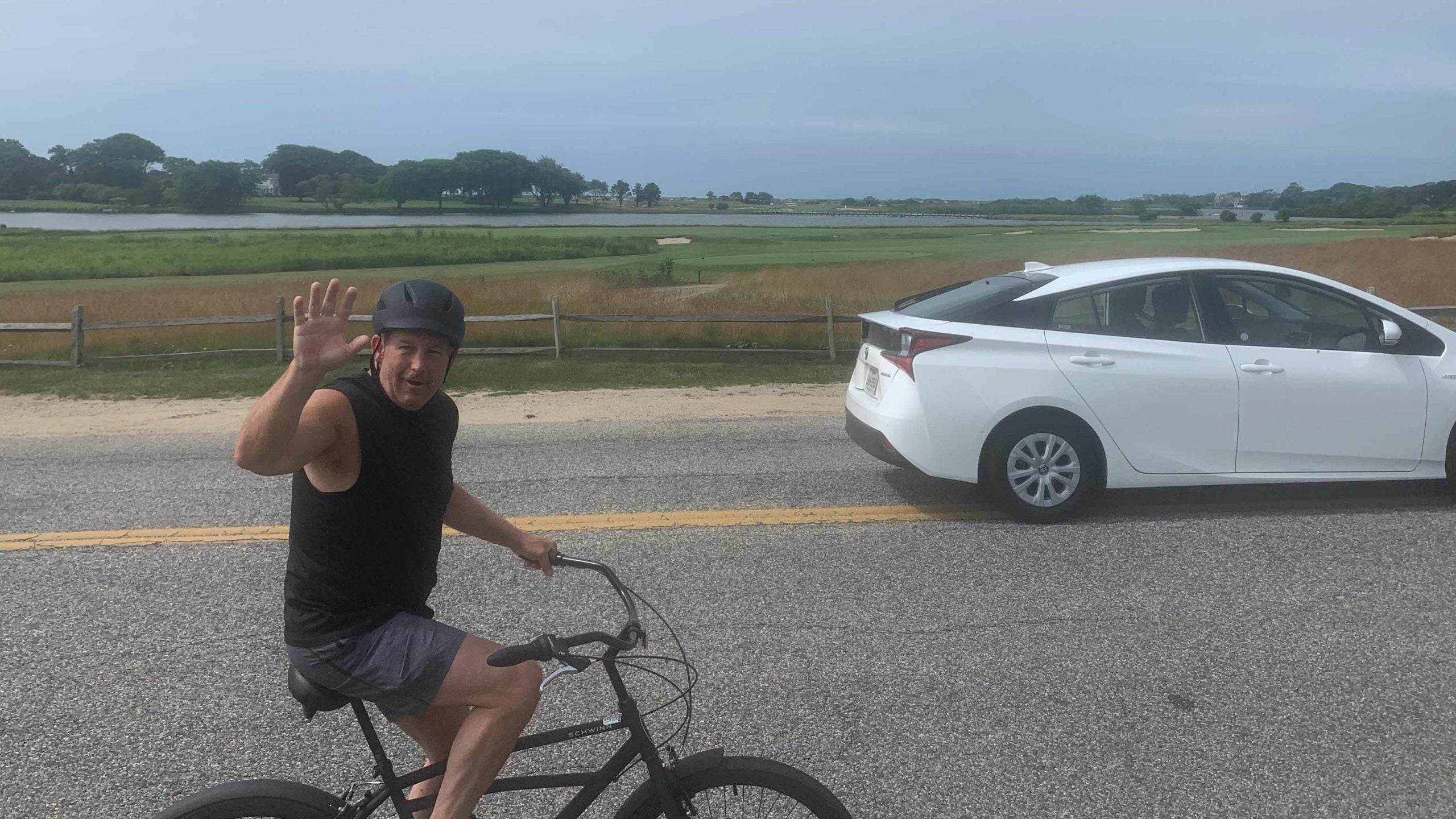
I ran on, past the 2nd tee and to the intersection of Dunemere and Highway Beyond the Pond, where the pinched-in 17th green sits across the street from the green at the 1st. The course was bustling with golfers of all ages. Up near the 1st tee, the beachside clubhouse was in plain sight. Just west of me was the 18th tee and, just beyond that, the far end of the practice range. You can’t see all of Maidstone from the byways that run through it — certainly not the cabanas up by the sea or the pool by which members sip their Southsides — but you can get a feel for the place.
For a closer look, I was tempted to venture down one of the dirt paths that connect the course to the roads but the No Trespassing signs gave me pause. Plus, I was more than three miles from my starting point now and the mercury was quickly rising. My tired bones needed to make a move for home.
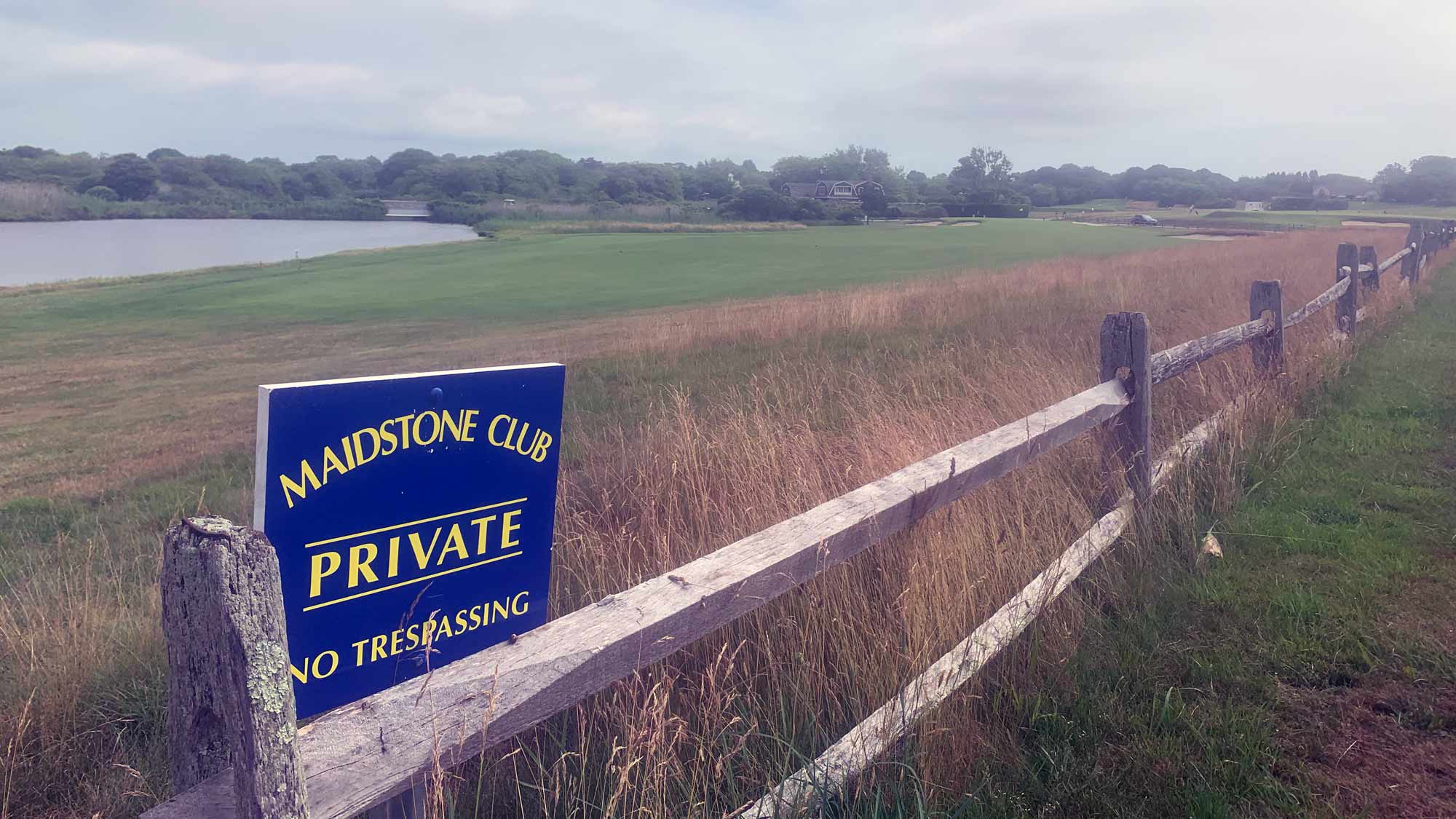
The return trip got me thinking about other running/hiking/biking trails that give you a peek at some of American golf’s most hallowed grounds and toughest tees times. Driving by these courses is, of course, also an option, but running or walking gives you more time to appreciate the sights, sounds and smells (that salty air!), and to digest the nuances of the landscape. At the top of the list, surely, is 17-Mile Drive, which winds past Monterey Peninsula Club, Spyglass Hill and even gives you a glimpse of the fabled Alister MacKenzie design at Cypress Point Club. Farther south, the roadway offers glimpses of the glories of Pebble Beach. The downside: Who wants to run 17 miles?

Ardmore Street and Golf House Road, which run by and through Merion Golf Club, are a much more manageable jaunt. On Google Maps, I charted a 2.25-mile route that would give you an unobstructed look at the 1st and 2nd holes, plus much of the back nine. Burning calories as you relive Justin Rose’s stirring U.S. Open win? Even your Peleton can’t offer you that. Another U.S. Open venue, Oakmont Country Club, is famously divided by the Pennsylvania Turnpike but has two strikes against it: (1) it’s no fun running with 18-wheelers, and (2) the thoroughfare offers no views of the course because it sits beneath it.
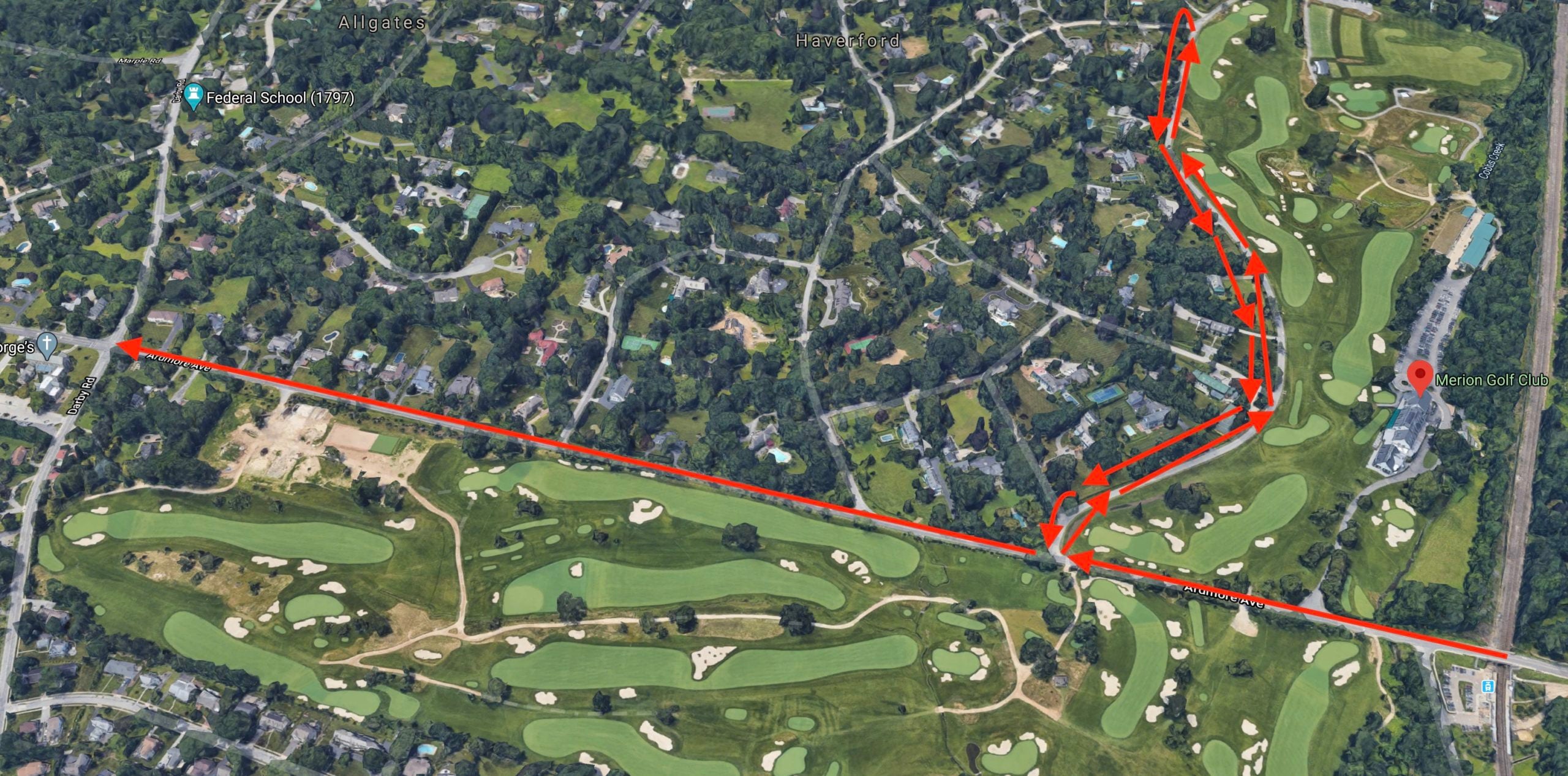
A couple of roads and trails that run through renowned public courses also come to mind: navigating Round Swamp Road affords you a great look at one of the hardest holes in golf, the par-4 15th at the Black Course at Bethpage State Park. On the other side of the country, Bandon Dunes serves up six miles of hiking trails that meander through four of its much-heralded courses. The most taxing of those traverses, the 2.4-mile Dunetrail, within Bandon Trails, rewards hikers and runners with a diverse medley of flora and fauna, ranging from Port Orford cedars to pileated woodpeckers.
This past week, resting comfortably on my couch, I polled my colleagues for more of golf’s most thrilling arteries. (Golf Road, which runs parallel to the 18th hole at the Old Course at St. Andrews, is the game’s road de resistance but, for the purposes of this exercise, we’re keeping things stateside.) East End Road, on Fishers Island, offers a fantastic view of a golf course even more exclusive than Maidstone: the Seth Raynor gem at Fishers Island Club. At the historic Field Club of Omaha, golfers must cross a public street — Woolworth Avenue — four times during their rounds. The club has unsuccessfully lobbied the city to close parts of the road, claiming it has hurt the club’s ability to attract new members. For shame! What fun would closing it be for us sneakered snoopers?!
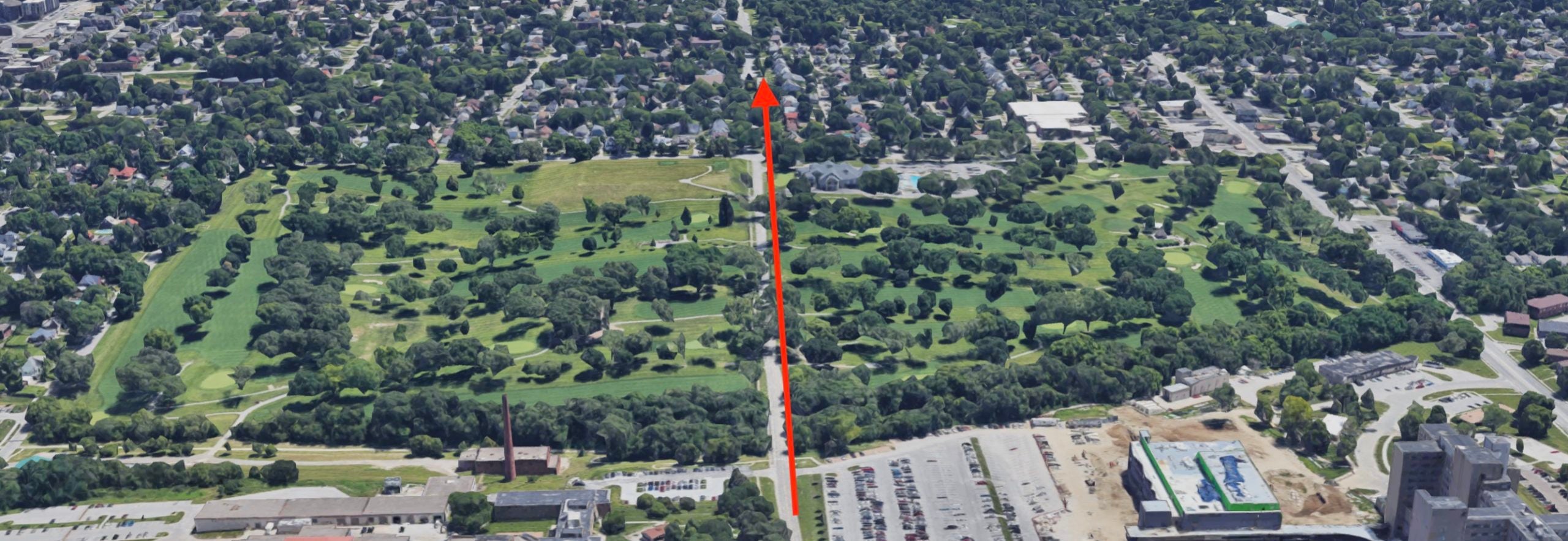
Tuckahoe Road runs directly past Shinnecock Hills’ clapboard clubhouse and offers a peek of not only the course at Shinnecock but also of the design at its vastly underrated neighbor, Southampton GC. Take Tuckahoe until you hit Sebonac Road. A left turn there will lead you to Shrubland Road, which takes you smack-dab through the southern end of the National Golf Links of America with views to Sebonack Golf Club.
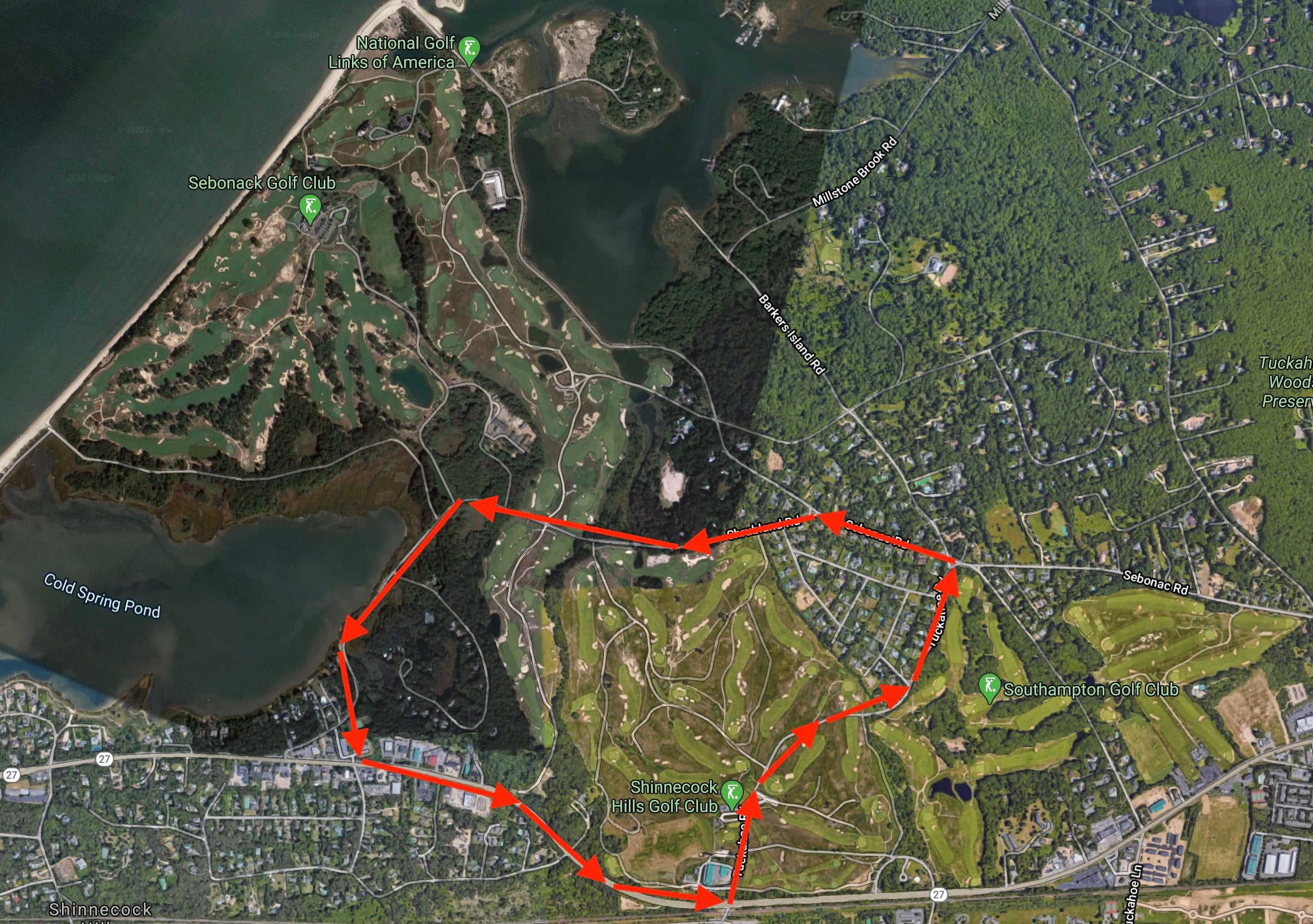
The whole loop is about 4.2 miles, a journey you’ll not soon forget. (My colleague Michael Bamberger told me that for a magazine piece he wrote about NGL in the 1980s, the photographer assigned to the story snapped all of his pictures from, yep … the road.)
As for Washington Road, the commercial thoroughfare that borders Augusta National? Sadly, a run up that street won’t reveal even an inch of Augusta’s verdant fairways. But if golf-road hunters know where to look, they can sneak a look at something even better: Magnolia Lane.



